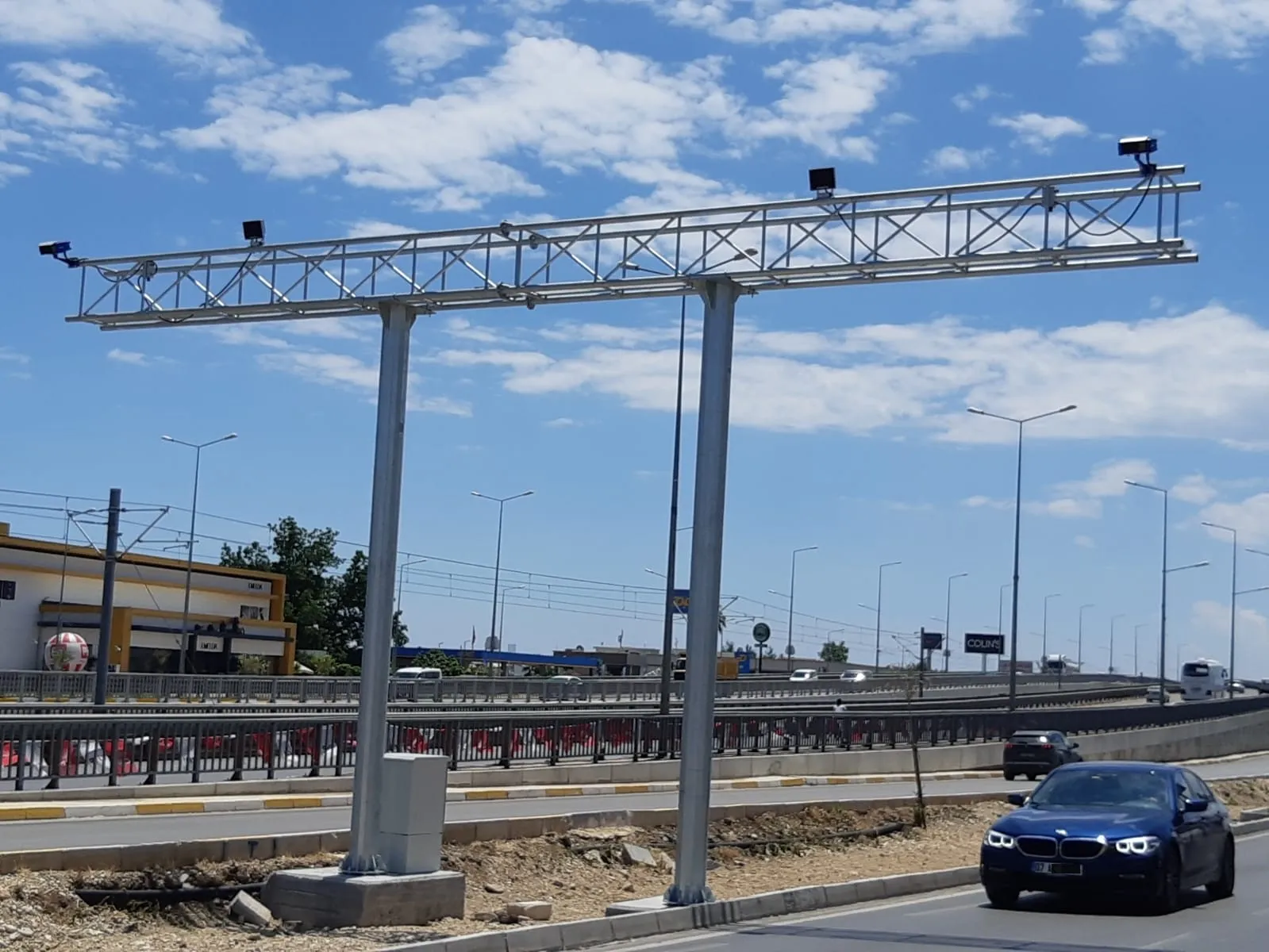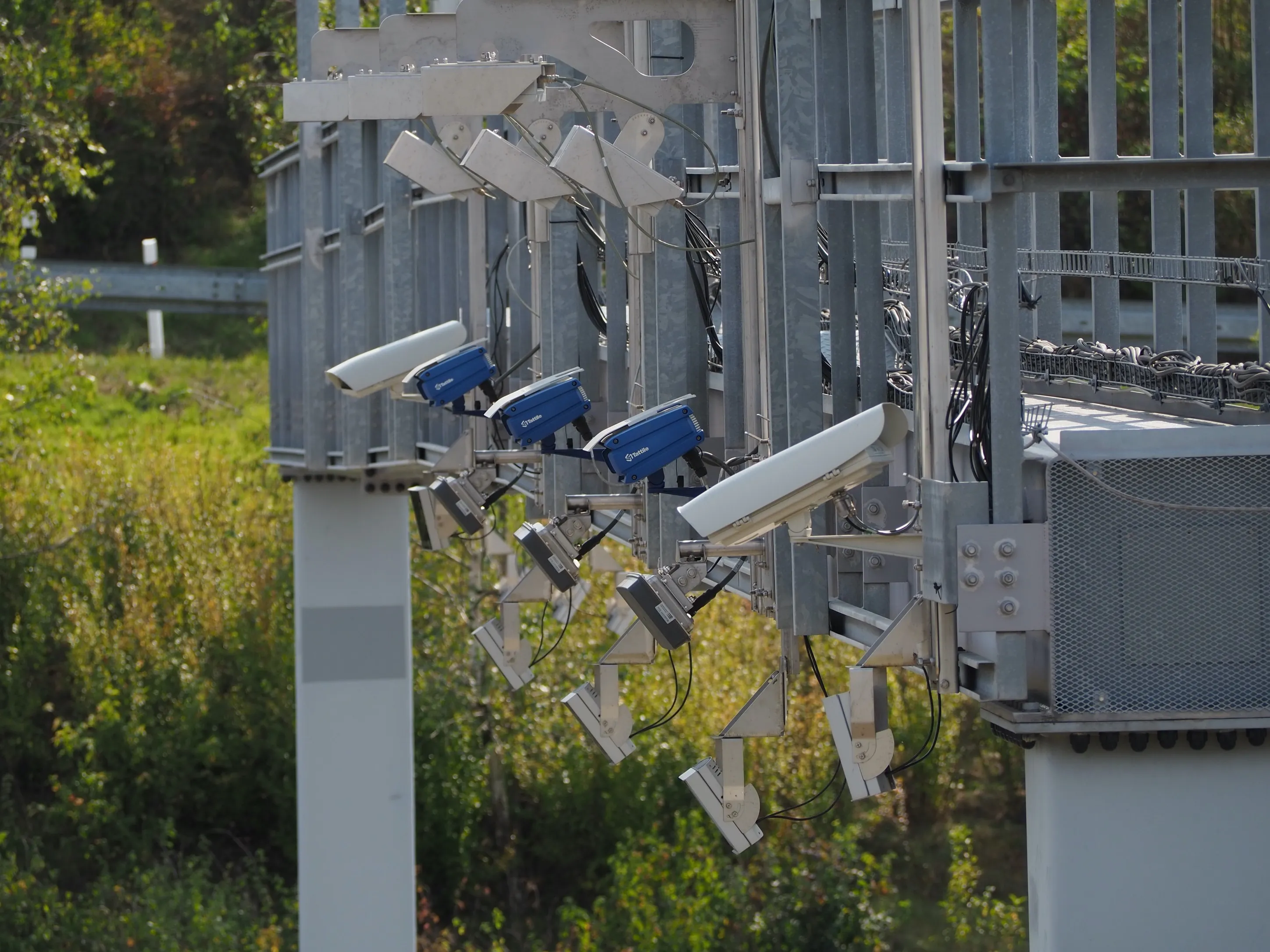
The Programma Operativo Nazionale aims to bring economic parity to the regions of Italy. It includes the setting up of a national ANPR network which will allow real-time monitoring of dangerous and illegal vehicles. Tattile is supplying the systems for the regions on Puglia and Calabria
In the southern Italian region of Puglia, in partnership with system integrator SITE Spa, and in Calabria with another partner,The work is being carried out under the Programma Operativo Nazionale (PON, or National Operative Programme), co-funded by the Italian Government and the
Although ANPR systems are already in operation across Italy, deployment has tended to be piecemeal - the city of Naples, for instance, is already covered by Tattile's ANPR systems - but the PON is intended to draw together the various existing systems and provide infill in areas as yet uncovered.
Increasing utility
Previously deployed systems demonstrate limited utility by comparison, only being able to guarantee proper reading of the license plates of four to six different nations. The expansion of the EU and the resultant effects on trade have driven the need for a system able to correctly identify the plates of all 27 Member States. Another issue has been the inability of the older deployed systems to recognise the presence of a vehicle which does not have a plate.
Advanced motion detection
Tattile has used its VEGA 2H camera and has developed new firmware optimised for this project.Providing embedded ANPR with context, the device follows a conventional format in that it relies on two cameras, a black-and-white unit for the OCR and a colour camera which provides a contextual overview.
The new firmware features an advanced motion detection algorithm. This means that it can detect vehicles without the need for a plate to be present and without the need for an external trigger such as a loop or optical sensor. A testing location has been set up at Site Spa in Naples and in Ministero Dell'Interno evaluations the VEGA 2H has proven capable of reading plates on all different types of vehicles by day, at night and in inclement weather conditions.
The system is already installed in the city of Lecce, located at Italy's southeastern-most tip, and deployment is still ongoing elsewhere. It is expected that roll-out will be completed by the end of this year. It will eventually cover all of the provinces of Puglia. In total, there are 90 checkpoints located in the region's main urban areas but it is anticipated that this will increase further over time. The management system provided by Tattile will allow expansion to up to 300 units.
PON - addressing regional inequalities
Though they may be picturesque and popular with holidaymakers, the economic realities for the southern regions of Italy are somewhat less than idyllic. The Prodotto Interno Lordo (PIL, or gross domestic product) of the regions of Calabria, Campagnia, Puglia and Sicilia is lower than 75 per cent of that of the average for the rest of Europe. Illegal and illegally operated vehicles are considered to be one of the impediments to economic development.
To address this, the Italian Government has with co-funding from the EU instituted the PON. PON is worth some E1.15 million and takes a three-pillared approach ('Security of economic freedom'; 'Diffusion of legality'; and 'Technical assistance') to improving the regions' economic development and in doing so is looking to achieve greater economic parity with the more prosperous northern regions of the country.
Southern Italy also has a relationship with organised crime which approaches the legendary in terms of scale and reach. The 'Security of economic freedom' pillar of PON is therefore intended to remove any obstacles which local mafiosi might look to put in the way of freedom of competition between commercial organisations. The 'Diffusion of legality' pillar is intended to control migratory flows, promote social inclusion of immigrant members of the population and address the issues associated with individuals working on the black economy. The 'Technical assistance' pillar aims to communicate the existence of PON, its aims and the results achieved.










